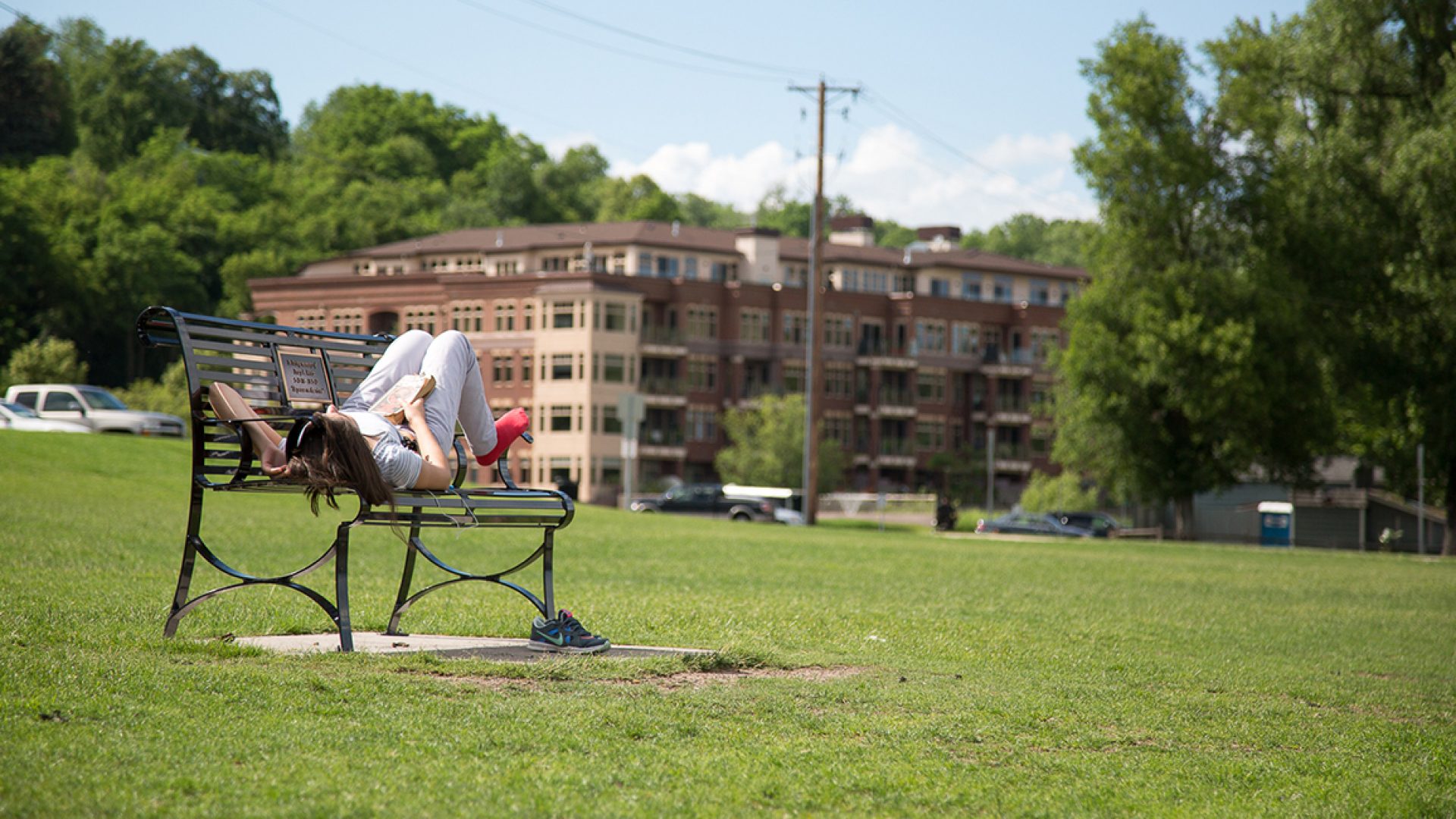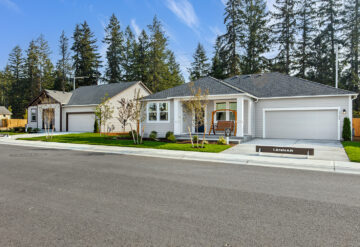Will millennials choose to live in the city, or will they follow previous generations into the suburbs? The answer, according to this article from Gizmodo, is neither… and also a little of both.
Over the last few years, across the country – around the world, too – people of all ages, including millennials, have been moving into cities at an astonishing rate. Now more than half of the world’s population is urban. So here’s the big question: Are today’s 20- and 30-somethings really going to live more urban lifestyles than Gen Xers or Boomers? Or are they going to eventually vacate cities for the ‘burbs, just like every generation before them?
Then came some interesting data, pegged to the release of 2014 Census information this spring: Millennials have indeed started moving out of big city downtowns – but not necessarily in favor of a quiet rural or suburban life.
Instead, we’re seeing a brand new trend: Thanks to the generation’s size and influence, millennials are moving to new places made just for them, by them – revitalizing smaller cities or opting for hybridized urban-burb enclaves where quality of life is the driving force.
As the first wave of millennials started to take jobs, it seemed that this generation was dedicated to living and working downtown. According to different studies, millennials were prioritizing dense neighborhoods, helping to fuel the biking boom, even refusing to get their driver’s licenses. Companies luring millennials promoted their downtown locations with transit proximity, bike-commuting amenities, and other perks which aligned with these lifestyles.
But it turns out that many millennials weren’t ever planning on settling in cities for good – they were just putting off the move to the suburbs for a few more years.
Millennials are coming up with innovative ideas for how to live well wherever they are – which sometimes means bringing the urban experience with them.
According to a recent study by the Urban Land Institute, “Gen Y and Housing: What They Want and Where They Want It,” a nationwide survey of millennials aged 19 to 36 showed that most of them were never living the glamorous downtown life that most stories like to describe. Only 13 percent of millennials in the survey lived in or near downtowns – the rest lived in other city neighborhoods – or in the suburbs.
The kinds of places that millennials want to live share a lot of the same characteristics with urban centers – they’re looking for amenities like walkability and public transit. But according to the study, it’s more about relationships and having the time to enjoy those relationships, which doesn’t necessarily mean working long hours to pay the rent in a big city.
These kinds of compact, livable communities that crop up in less-dense areas have all sorts of names, like New Urbanism and “walkable urban places,” but the one that’s stuck recently is “urban burbs” – and the urban burbs are a new kind of hybridized place made just for millennials.
Millennials might not be staying in the urban cores, but rather, they’re helping to remake the urban-like enclaves that allow easy access to the city when they want it. These places where millennials are choosing to live still have the qualities of downtowns – dense housing, transit connections, walkability, good food, great bars – without the high prices of downtowns.




